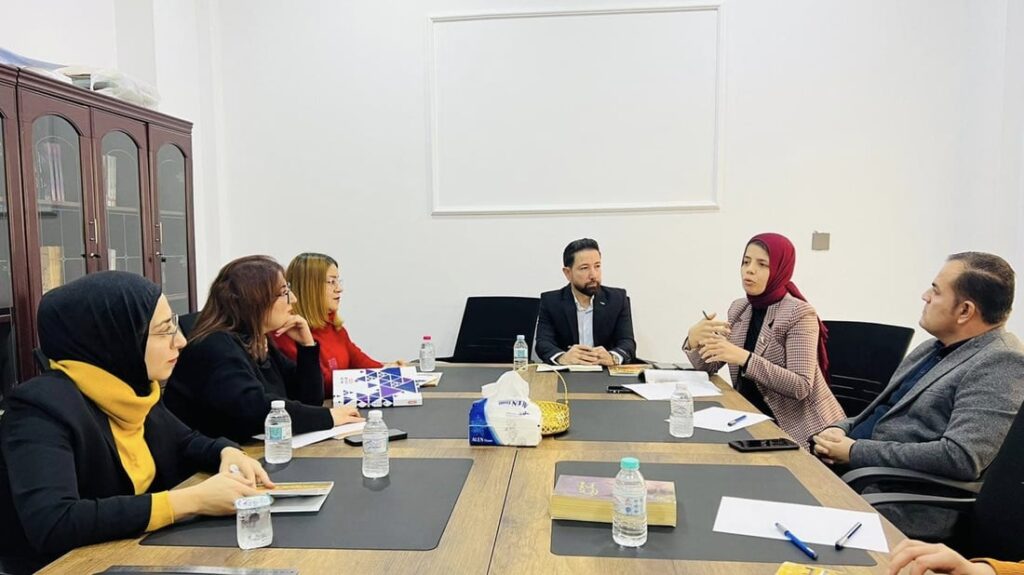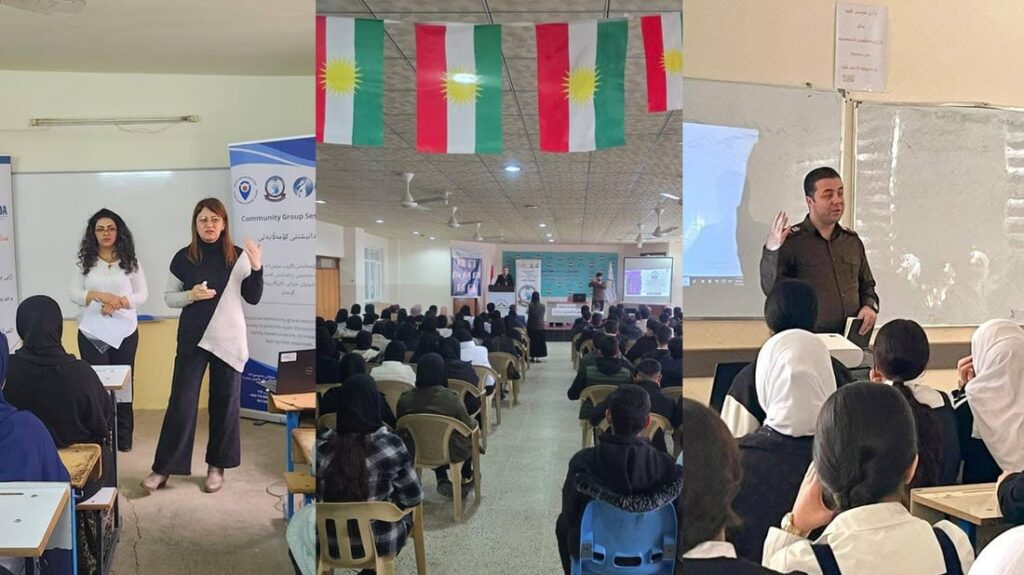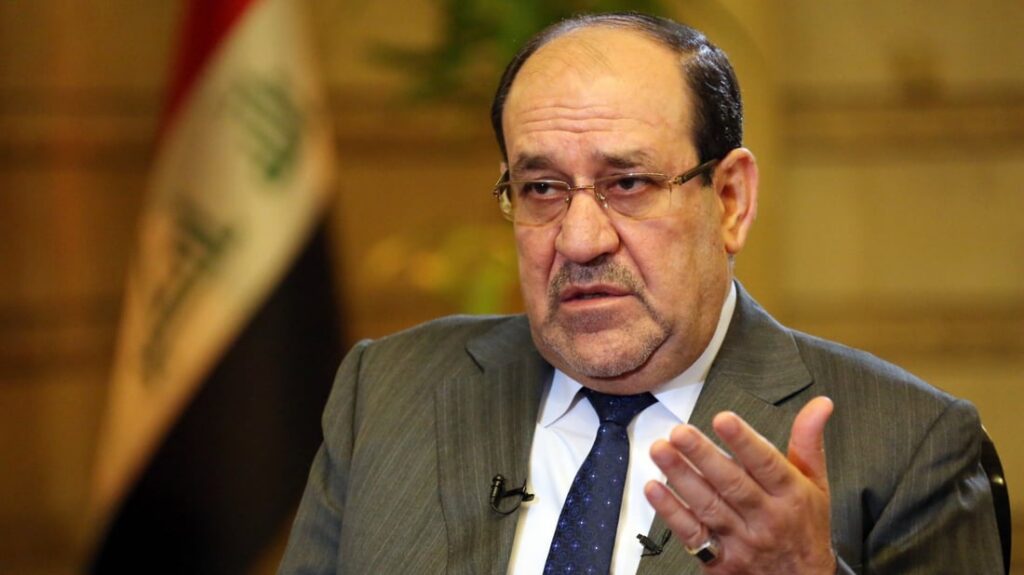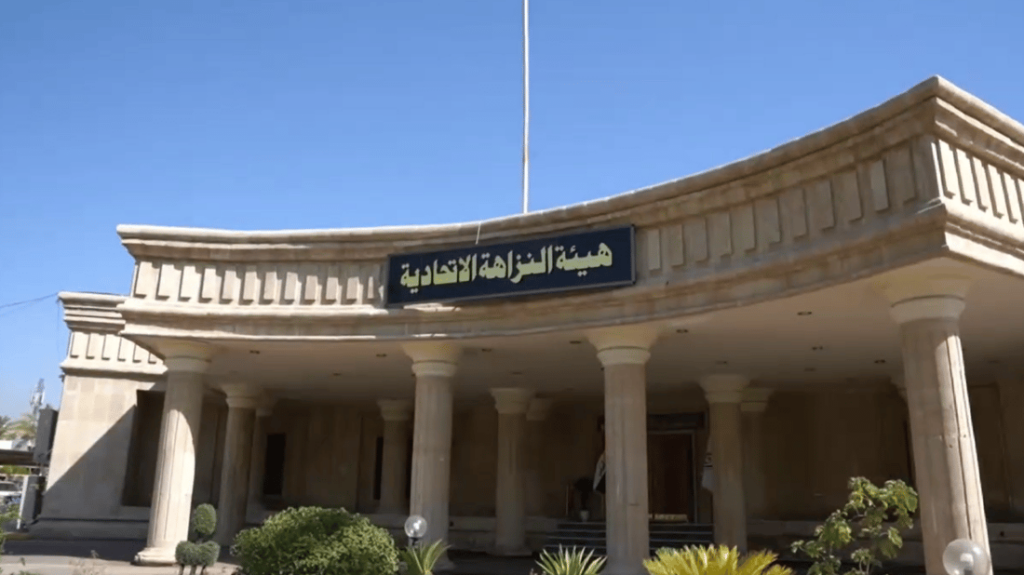Lebanon: Vulnerability Assessment of Refugees of Other Nationalities in Lebanon - 2018
EXECUTIVE SUMMARY
Lebanon hosts the largest concentration of refugees per capita in the world, the majority of them from Syria--yet these are not the only refugees. Lebanon is also home to a significant refugee population from Iraq, as well as a smaller number from other countries. At the end of 2018, there were 18,200 refugees of Iraqi and nationalities other than Syrian in Lebanon. Their situation is often overshadowed, and this report aims to shed light on the reality of these refugees, from their economic vulnerability and food insecurity, to their access to healthcare and education. UNHCR is pleased to present the Vulnerability Assessment of Refugees of Other Nationalities in Lebanon (VARON 2018).
The VARON 2018 is intended to be a key tool for shaping planning decisions and programme design in response to the specific needs and priorities of this refugee group. Iraqis make up the largest share (72%) of the registered refugees, arriving mostly in 2014 and 2015. The remaining refugees are primarily from Sudan (15%), but also from Ethiopia (5%), Egypt (2%), and elsewhere; this report refers to this second group as ‘Other Nationality’ refugees. The number of refugees of Iraqi and other nationalities has declined (from 20,505 at the end of 2017 to 18,200 at the end of 2018), but new asylum-seekers continue to approach UNHCR seeking international protection. Indeed, 2,359 non-Syrian refugees registered with UNHCR in Lebanon during 2018.
METHODOLOGY
Between 24 April and 2 May 2018, survey teams visited 479 Iraqi and other nationality households in Lebanon. Data was collected through face-to-face interviews at refugee homes by trained enumerators employed by UNHCR partners. The survey tool used is the same as that developed and used for the Vulnerability Assessment of Syrian Refugees (VASyR), with some minor adjustments where needed.
The survey consisted of 486 questions that collected information at both the individual and household levels. The questionnaire included key indicators on demographics, legal documentation, safety and security, shelter, WASH, health, food security, livelihoods, expenditures, food consumption, debt and coping strategies.
The data collected was weighted for nationality prior to analysis. As mentioned, Iraqi refugees make up around three quarters of this population and as such, weighting was necessary to ensure that this distribution was adequately represented in the data and subsequent results. Weights were calculated at the nationality level: one for Iraqis and one for other nationalities.
KEY FINDINGS
There continued to be marked differences in demographics between Iraqi households and other nationality refugees living in Lebanon. Iraqis tended to live in family units of three to four people, while other nationality households typically had one to two members. While one third of Iraqi refugees were children, refugees of other nationalities tended to have a higher concentration of individuals between 18 and 59 years, and a lower percentage of children and elderly. Iraqi households were also more likely to have arrived together, and for those who did not, the delay in reunification was shorter than for refugees of other nationalities. The number of households with at least one member with a specific need has risen, to 68% in 2018. Men were slightly more prevalent than women in both groups, and three in five adults were married.
Protection of refugees has legal ramifications as well as physical, and civil documentation such as residency and birth registration (or the lack thereof) can have significant consequences. Two in three refugees aged 15 and older did not have legal residency. Three in five households did not have any member with legal residency. Not having legal residency puts refugees at risk of arrest and detention, and therefore limits their freedom of movement in the country.
In addition, while 73% of children under the age of five were born in Lebanon, just half had their births registered with the Foreigners Registry. The level of birth registration appears to be particularly low for other nationality families.
Refugee–host community relations were mixed and continued to be more difficult for refugees of other nationalities. One third of refugees reported tensions with the host community, attributing it most often to competition for jobs, resources and services, in that order. For Iraqis, that share was 31%, while for refugees of other nationalities, the share jumped to 44%. When asked to describe how they felt about the situation and future of their households, however, Iraqi refugees were more likely to indicate that they frequently felt negative or hopeless (46% of Iraqi households compared to 35% of other nationalities).
One in four refugees were residing in inadequate shelters, an increase from 16% in 2017. Nearly one in four refugees lived in overcrowded conditions. On the other hand, only 2% of refugees were residing in shelters that were in dangerous conditions. Lack of formal rental agreements continued to put refugee tenants at increased risk of exploitation or eviction, and just 15% of those surveyed possessed a written contract. The vast majority (94%) of surveyed refugees were living in residential buildings, and the average monthly rent was US$ 337. There was a major difference between the average rent of Iraqi households (US$ 391) and households of refugees of other nationalities (US$ 205).





